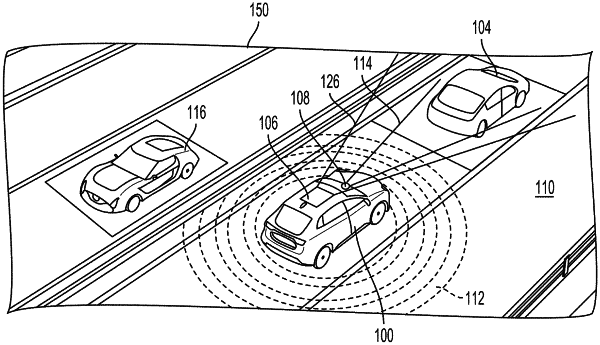| CPC G06V 20/56 (2022.01) [G06F 18/214 (2023.01); G06T 7/50 (2017.01); G06V 10/751 (2022.01); G06V 40/10 (2022.01); G06T 2207/10028 (2013.01)] | 20 Claims |

|
1. A method for navigating a vehicle through an environment, comprising:
assigning a first weight to each pixel associated with a dynamic object in a two-dimensional (2D) image of the environment;
assigning a second weight to each pixel associated with a static object in the 2D image, the first weight being greater than the second weight;
generating a dynamic object depth estimate for the dynamic object, the dynamic object depth estimate being associated with a first accuracy that is based on the first weight;
generating a static object depth estimate for the static object, the static object depth estimate being associated with a second accuracy that is based on the second weight, the first accuracy of the dynamic object depth estimate being greater than the second accuracy of the static object depth estimate;
generating a three-dimensional (3D) estimate of the environment based on the dynamic object depth estimate and the static object depth estimate; and
controlling an action of the vehicle based on the 3D estimate of the environment.
|